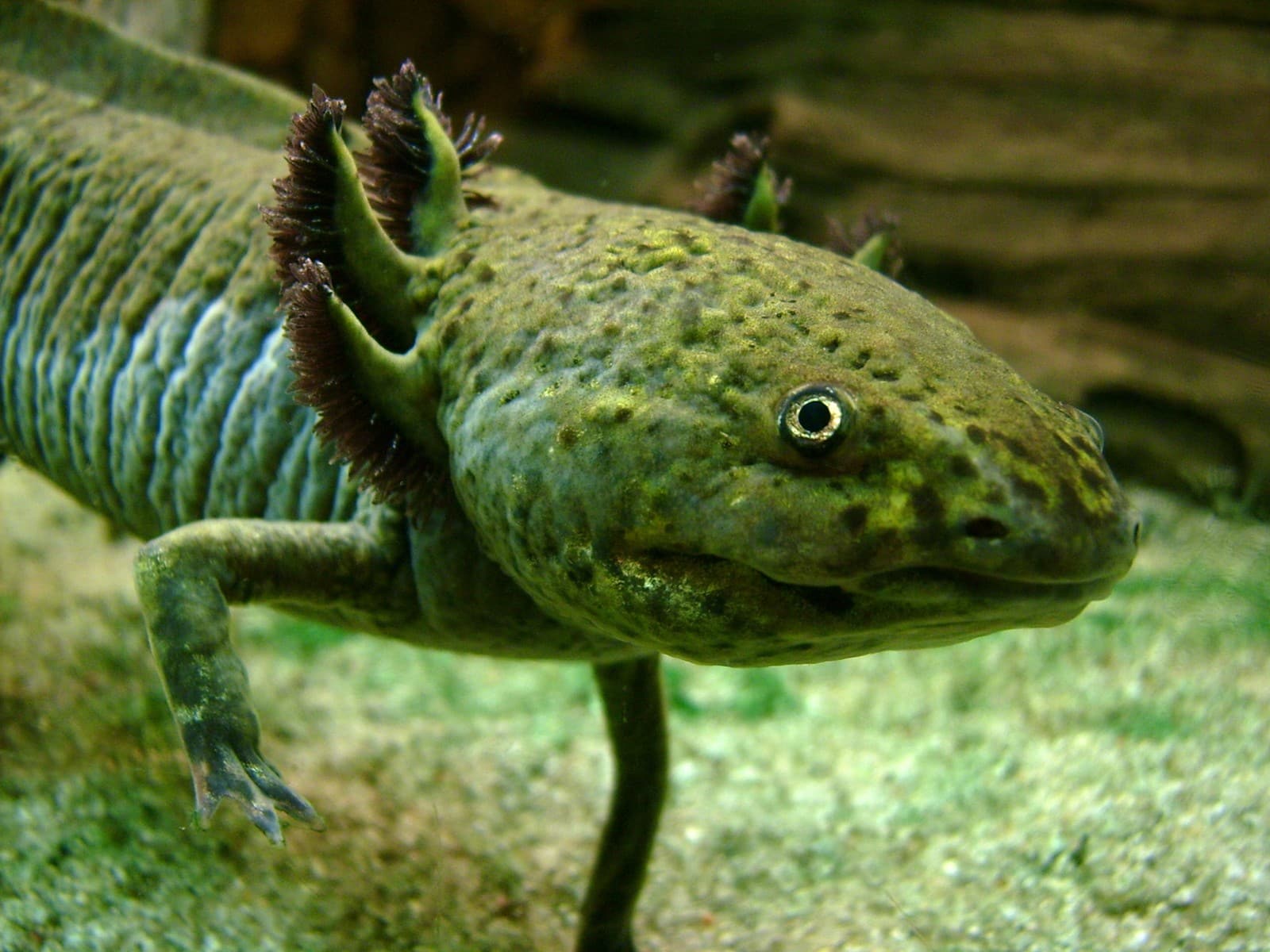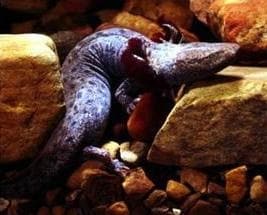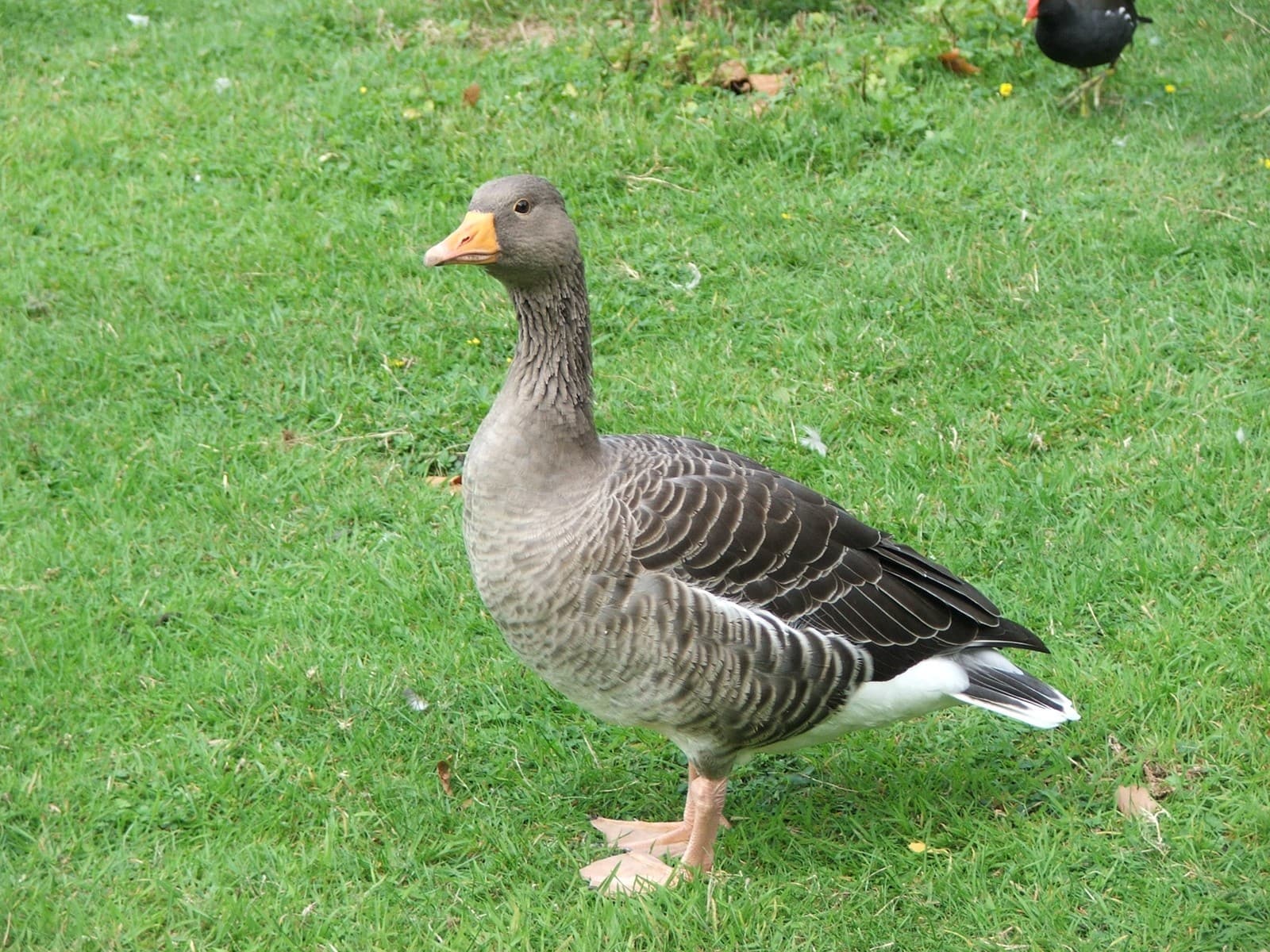False Widow vs Black Widow Spider: A Complete Comparison
When comparing the False Widow Spider vs Black Widow Spider, it’s crucial to understand that despite their similar appearances, these arachnids differ significantly in their potential danger to humans. The Black Widow’s venom is approximately 15 times more potent than that of the False Widow, making proper identification essential for safety. While both species are reluctant to bite, their distinct characteristics and behaviors set them apart in important ways.
The False Widow Spider (Steatoda nobilis) and Black Widow Spider (Latrodectus mactans) belong to different genera, though they share some physical similarities that often cause confusion. Understanding these differences can help prevent unnecessary panic and ensure appropriate responses to encounters with either species.
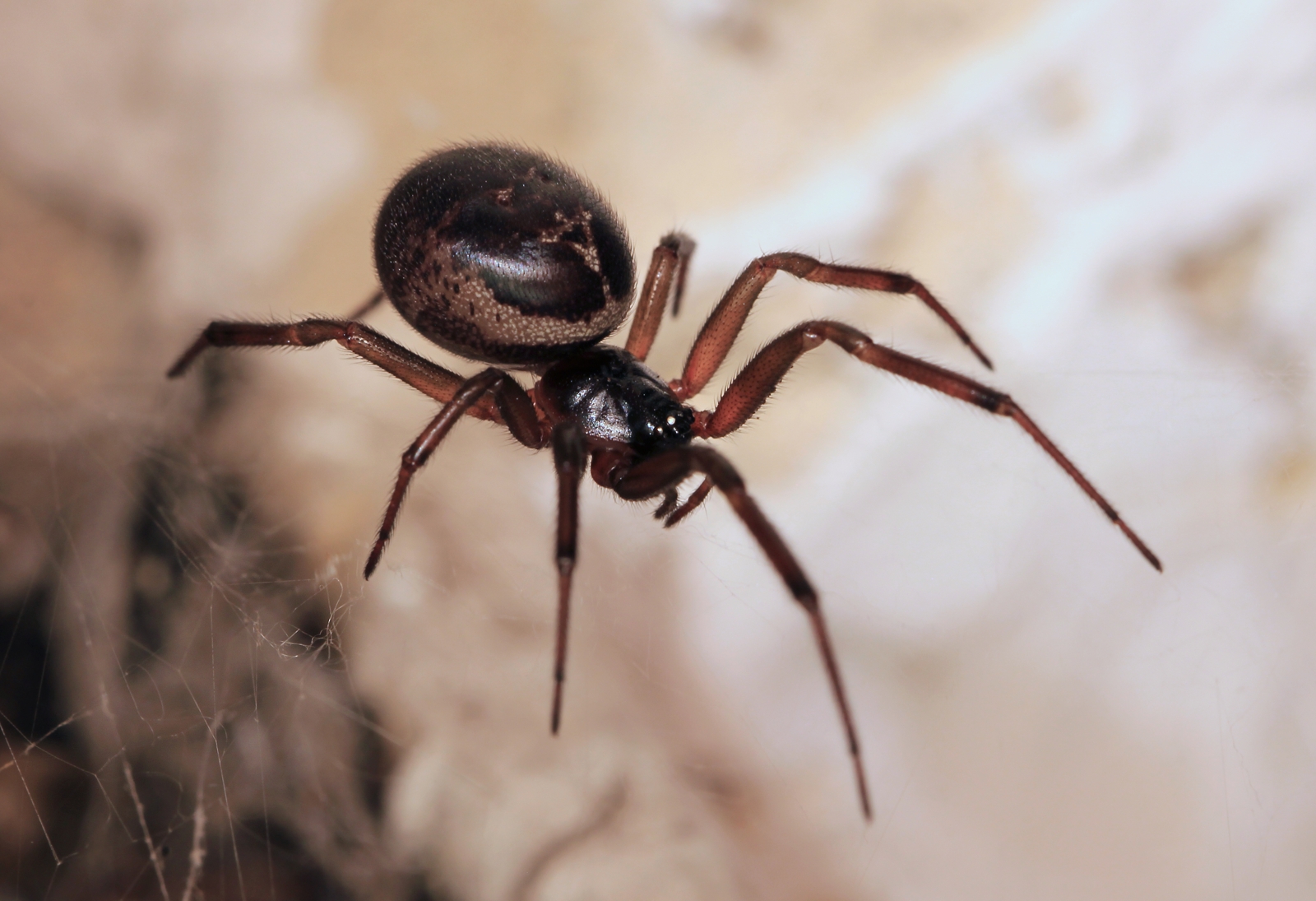
The False Widow Spider exhibits a dark brown coloration with distinctive cream markings on its abdomen. Unlike its more dangerous cousin, this species lacks the iconic red hourglass pattern and typically measures 0.3-0.5 inches (7-14mm) in body length.
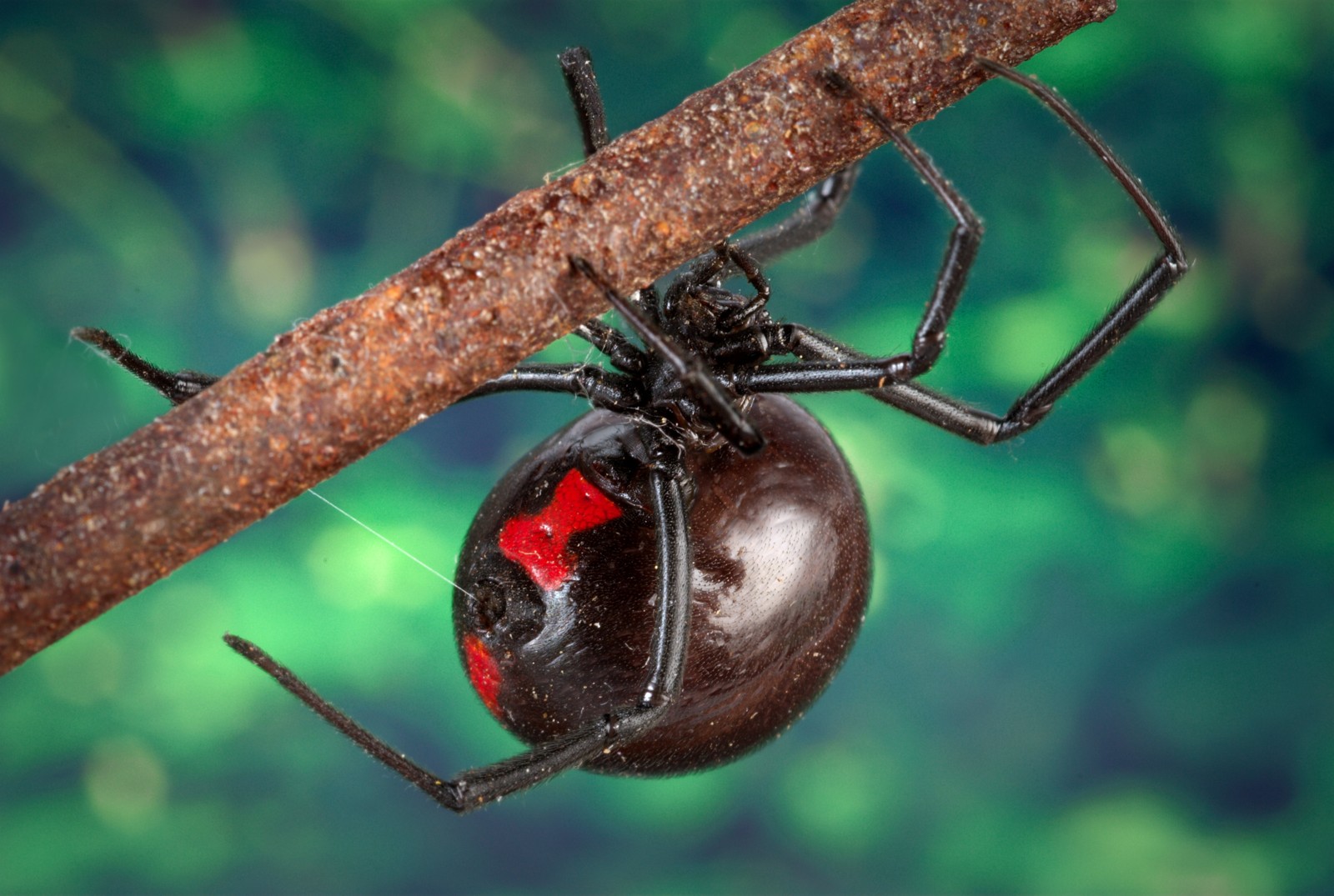
The Black Widow Spider is immediately recognizable by its glossy black body and distinctive red hourglass marking on the underside of its abdomen. Female Black Widows are larger than False Widows, measuring 0.5-0.7 inches (13-18mm) in body length.
Key Differences Between False Widow and Black Widow Spiders
| Feature | False Widow Spider | Black Widow Spider |
|---|---|---|
| Size | 0.3-0.5 inches (7-14mm) | 0.5-0.7 inches (13-18mm) |
| Color Pattern | Dark brown with cream markings | Glossy black with red hourglass |
| Venom Potency | Mild to moderate | Highly potent |
| Geographic Range | Europe, expanding globally | Americas, primarily North America |
| Web Structure | Irregular tangles | Organized, geometric patterns |
| Bite Symptoms | Local pain, minor swelling | Severe pain, systemic symptoms |
Habitat and Distribution
False Widow Spiders have historically been native to Europe but have expanded their range globally through human activity. They prefer warm, sheltered locations and are commonly found in urban environments, particularly around buildings and garden structures.
Black Widow Spiders are primarily found throughout the Americas, particularly in the southern United States. They typically construct their webs in dark, undisturbed areas like woodpiles, garage corners, and under rocks.
Venom and Bite Comparison
False Widow Spider Bites
- Symptoms typically mild to moderate
- Local pain lasting 1-12 hours
- Swelling and redness around bite site
- Rarely causes systemic effects
- Medical attention usually unnecessary
Black Widow Spider Bites
- Severe pain developing within 1-3 hours
- Muscle cramping and spasms
- Potential systemic effects including:
- Nausea and vomiting
- Elevated blood pressure
- Severe abdominal pain
- Medical attention often required
Behavior and Web Characteristics
False Widow Spiders create irregular, tangled webs without specific patterns. They’re generally nocturnal and shy, preferring to retreat rather than confront perceived threats. Their hunting strategy involves waiting for prey to become entangled in their webs.
Black Widow Spiders construct more organized, geometric web patterns with strong silk strands. They’re known for their characteristic upside-down hanging position and will actively defend their web territory, particularly when guarding egg sacs.
Safety and Prevention
To minimize encounters with both species:
- Wear gloves when handling outdoor equipment
- Regularly clean dark corners and cluttered areas
- Seal entry points around windows and doors
- Keep woodpiles away from buildings
- Maintain clean, organized storage spaces
Identification Tips for Safety
When distinguishing between these spiders, focus on these key identifiers:
- Look for the red hourglass (Black Widow) vs. cream markings (False Widow)
- Note the overall body color (black vs. brown)
- Observe web patterns (geometric vs. irregular)
- Consider geographic location
- Compare size differences
Remember: While both spiders should be treated with respect, Black Widows pose a significantly greater health risk and should be avoided with particular care. When in doubt, maintain a safe distance and contact local pest control professionals for proper identification and management.


